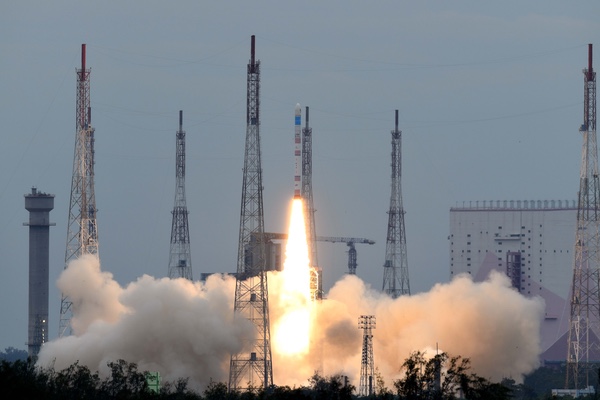India’s challenge: building a ready-to-launch space security systemby Payal Hora
|
| Rapid‑launch capability can start with modest investment. The goal is to demonstrate viability and attract private capital, not to rely solely on a large upfront expenditure. |
India is not without advantages: proven mission design expertise, a growing private launch industry, and policy reforms that invite private capital. Shorter‑term gains can be achieved using standardized satellite buses, pre‑tested components, and reserved launch infrastructure. Longer‑term goals like reusable vehicles require sustained R&D but are achievable within a decade with targeted investment.
There are several steps that India can take to create a responsive launch capability. One is to adopt standardized satellite buses by encouraging a national standard for smallsat buses. Doing so would simplify payload integration.
A second step is to reserve range time for rapid-response missions. This would involve allocating dedicated launch windows for such missions and providing expedited safety reviews for standard mission configurations.
The third step is to seed public-private demonstrations of these capabilities. The Indian government can sponsor quick-turn missions to validate procedures and build confidence in the ability to successfully launch on short notice.
A final step is to align Indian defense and civil government requirements for responsive launch. That includes defining clear protocols for who has priority access for those launch capabilities during emergencies.
Rapid‑launch capability can start with modest investment: reallocating a small percentage of civil space budgets, combined with defense procurement funds and targeted grants to startups. The goal is to demonstrate viability and attract private capital, not to rely solely on a large upfront expenditure.
India’s path to launch readiness is practical and achievable. A focused program of standardization, institutional coordination, and pilot missions can generate momentum. For policymakers, the imperative is clear: speed is security, and building a rapid-launch capacity should be a national priority.
References
US Space Force, Tactically Responsive Launch Fact Sheet (2022).
Chinese Academy of Launch Vehicle Technology (CALT), Kuaizhou Rocket Overview (2021).
Department of Space, Government of India, Annual Report 2022-23.
Note: we are now moderating comments. There will be a delay in posting comments and no guarantee that all submitted comments will be posted.
